| |
|
|
| 1. |
Mírzá Músá (Kalím)
The brother
of Bahá'u'lláh |
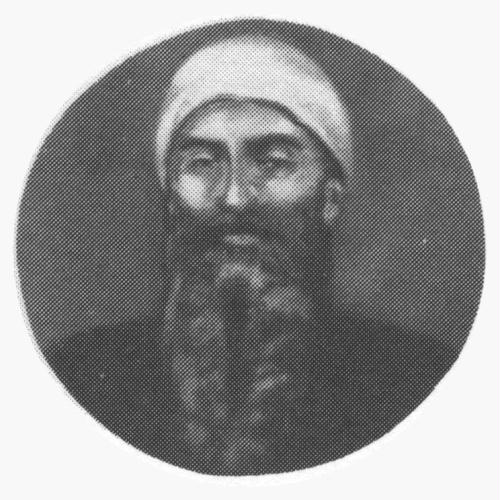 |
| |
|
TOP |
| 2. |
Mírzá Buzurg (Badí')
The 17-year-old who delivered Baháʼu'lláh's tablet to Nassiru'd-Din Shah and was subsequently killed. |
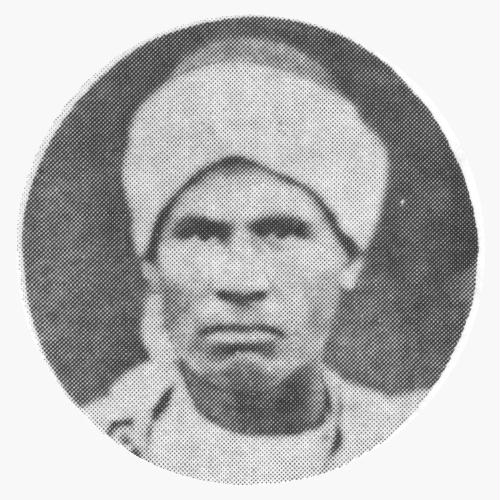 |
| |
|
TOP |
| 3. |
Siyyid Ḥasan (Sulṭánu's̲h̲-S̲h̲uhadá')
The 'King of Martyrs' of Iṣfáhán who was beheaded with his brother. |
 |
| |
|
TOP |
| 4. |
Mullá Abu'l-Ḥasan (Amín)
Eminent follower of Baháʼu'lláh who served as the trustee of Huqúqu'lláh. |
 |
| |
|
TOP |
| 5. |
Mírzá Abu'l-Faḍl-i-Gulpáygání
The famous scholar who travelled as far as America and wrote several notable books about the Baháʼí Faith. |
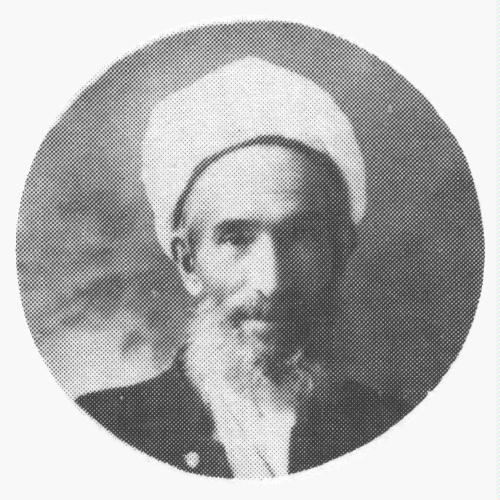 |
| |
|
TOP |
| 6. |
Mírzá 'Alí-Muḥammad (Varqá)
The father of Rúhu'lláh. The two were killed at the same time for their adherence. |
 |
| |
|
TOP |
| 7. |
Mírzá Maḥmúd Furúg̲h̲í
He was a well known teacher of the Baháʼí Faith, often dedicating himself to the welfare of the youth. |
 |
| |
|
TOP |
| 8. |
Mullá 'Alí-Akbar (Ḥájí Ák̲h̲únd)
He was given the task of transferring the remains of the Báb from various secret locations to ʻAkká. He was responsible for much of the Baháʼí activity in Iran until his death. |
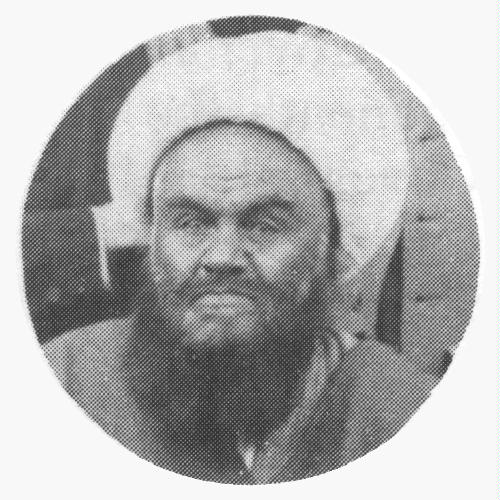 |
| |
|
TOP |
| 9. |
Mullá Muḥammad (Nabíl-i-Akbar)
Famous teacher, and recipient of several tablets from Baháʼu'lláh. |
 |
| |
|
TOP |
| 10. |
Ḥájí Mírzá Muhammmad-Taqí (Vakílu'd-Dawlih)
He was an Afnán, a cousin of the Báb and the chief builder of the first Baháʼí House of Worship in Ishqábád which was initiated by ʻAbdu'l-Bahá in or about 1902. |
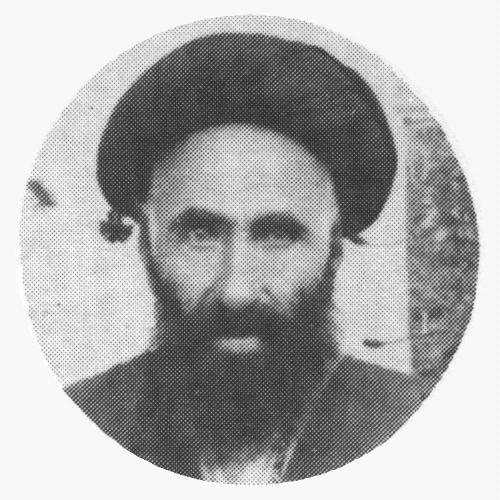 |
| |
|
TOP |
| 11. |
Mírzá Muḥammad-Taqí (Ibn-i-Abhar)
He traveled and taught about the religion in countries and regions of Iran, Caucasus, Turkmenistan and India. |
 |
| |
|
TOP |
| 12. |
Mullá Muḥammad (Nabíl-i-A'ẓam)
The author of the historical narrative called The Dawn-breakers. |
 |
| |
|
TOP |
| 13. |
S̲h̲ayk̲h̲ Káẓim (Samandar)
The favourite Apostle of Baháʼu'lláh. He travelled teaching the religion in Persia, the Lawḥ-i-Fu'ád is addressed to him. |
 |
| |
|
TOP |
| 14. |
Mírzá Muḥammad Muṣṭafá
Served the Baha'is travelling to Akká while living in Beirut on instructions of Baháʼu'lláh. He also met some of the Bab's Letters of the Living. |
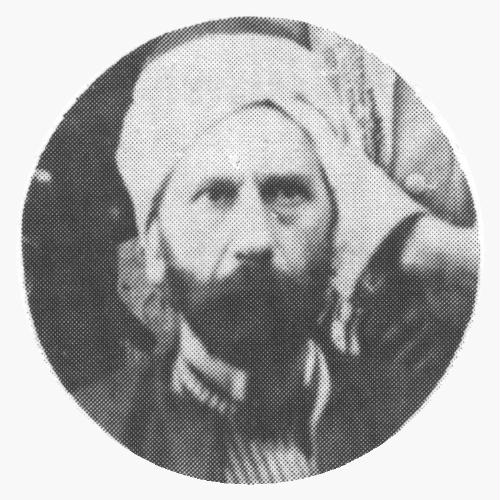 |
| |
|
TOP |
| 15. |
Mírzá Ḥusayn (Mis̲h̲kín-Qalam)
Noteworthy calligrapher of his time and designer of the Greatest Name. |
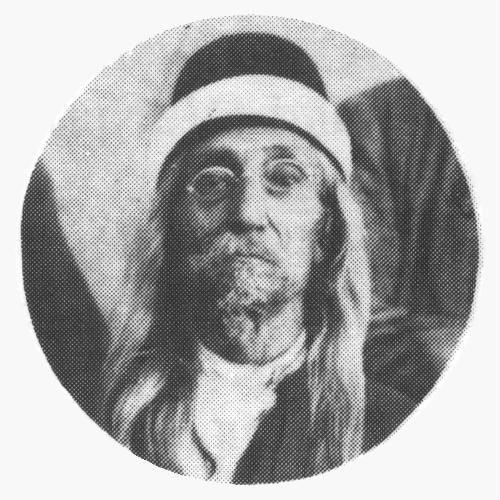 |
| |
|
TOP |
| 16. |
Mírzá Ḥasan (Adíb)
After the passing of Baháʼu'lláh, he became instrumental in dealing with the activities of Covenant-breakers in Iran. He later participated in the meetings that evolved into the Central Spiritual Assembly of Tihrán, which later became the National Spiritual Assembly of Iran, of which he was the chairman. He travelled to India and Burma to help spread the Baháʼí Faith in those areas. |
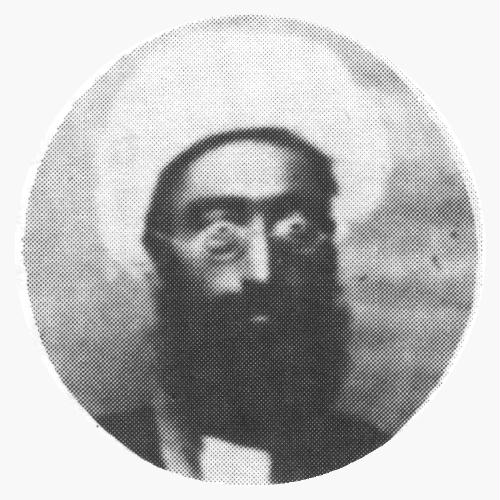 |
| |
|
TOP |
| 17. |
S̲h̲ayk̲h̲ Muḥammad-'Alí
Nephew of Nabíl-i-Akbar. Traveled to India and later Haifa and taught about the Baháʼí Faith. He was later sent to Ishqábád by Abdu'l-Bahá to take care of the education of children there. Along with other followers he helped in completing the unfinished writings of Mírzá Abu'l-Faḍl. |
 |
| |
|
TOP |
| 18. |
Mullá Zaynu'l-'ábidín (Zaynu'l-Muqarrabín)
Doctor of Islamic law. He is the one who submitted questions to Baháʼu'lláh regarding the Kitáb-i-Aqdas, the Baháʼí book of laws, which have been published in an appendix to the book. |
 |
| |
|
TOP |
| 19. |
Mírzá 'Alí-Muḥammad (Ibn-i-Aṣdaq)
He was addressed by Baháʼu'lláh as Shahíd Ibn-i-Shahíd (Martyr, son of the Martyr). He was the son of Mullá Sádiq, a distinguished martyr of the Bábí movement. Along with Ahmad Yazdani, brought the Tablet to The Hague from ʻAbdu'l-Bahá to the Central Organisation for Durable Peace in The Hague. He was one of the few Apostles to live into the time of Shoghi Effendi as the Guardian. |
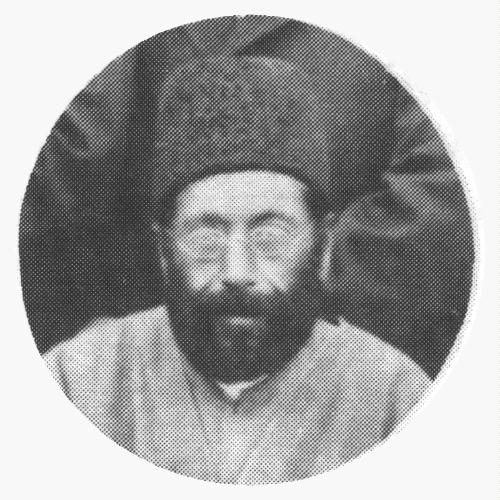 |



















